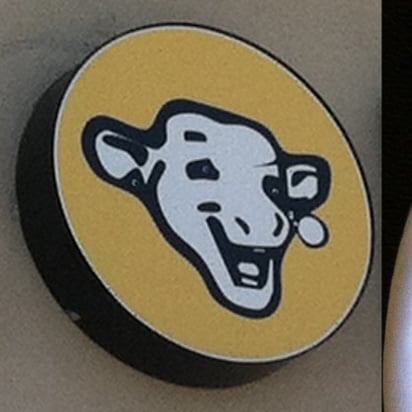From the extremely entertaining “How to Become a Federal Criminal: An Illustrated Handbook for the Aspiring Offender” by Mike Chase.
We begin with the bread, the foundation of any ham and cheese sandwich. Bakery products fall squarely in FDA jurisdiction.
One regulation promulgated by the FDA, Title 21, Section 136.110, of the Code of Federal Regulations, is appropriately entitled “Bread, rolls and buns.” It sets the requirements for the most basic of bread products. For example, if the sandwich is going to be served on “egg bread,” the FDA is of the view that the bread had better contain at least 2.56 percent egg solids by weight. There are also other more nuanced bread regulations, like how raisin-y “raisin bread” must be (at least 50 parts by weight for each 100 parts by weight of flour), and that “milk buns” can’t contain any buttermilk.
Then comes the ham. Without it, we’re just going to end up with a cold cheese sandwich on our hands, and that would be sad. But this is also where the USDA enters the picture.
Ham is a meat product subject to regulation by the USDA under Title 9 of the C.F.R. Before it leaves the slaughterhouse, the ham has to be inspected by the USDA and approved for human consumption.
Next, it’s time to add the cheese to our crime sandwich. There are dozens of regulations governing the cheese itself. But whether the cheese is compliant with the federal regulations or not is only part of our concern. One slice of bread, some ham, and a piece of cheese technically make an open-face ham-and-cheese sandwich. Pursuant to the FDA’s Investigations Operations Manual, open-face sandwiches are in the investigative jurisdiction of the USDA. Once the meat-to-bread ratio hits 50:50 on a single slice of bread, the USDA calls the shots. Add a second slice of bread, however, and you now have a closed-face sandwich, and you’re back in FDA jurisdiction.


It’s hundreds or thousands of dollars for a small jar.
The point of NIST foodstuffs is to test industrial equipment / cleaning chemicals / etc. against a standard, not to eat. IIRC Tom Scott has a video about’m.
oh, right, that stuff. heard about it before and it’s nuts.
Some of it is, especially the peanut butter.
well ackchyually … legumes
NIST peanut butter is the (analytical) standard, all tests are done with that stuff as a reference (or part of reference). That’s why it’s so expensive, it has to be very consistent
I think Nile red/blue has a video about baking cookies from component parts from them, iirc
He does, and the commenters had many varied opinions about it: https://youtu.be/crjxpZHv7Hk
Veritasium also has a video on standards: https://youtu.be/esQyYGezS7c
Tom Scott also has a video about it, but a quick search returns several possible results and (despite his probably being the best) I don’t remember enough about it to determine which is the correct one nor enough time to watch and determine.